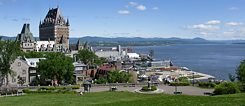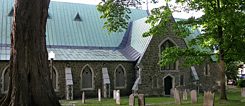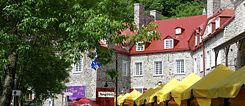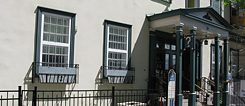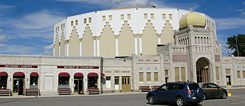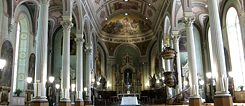On the traces of Germany in Quebec City and surroundings
Did you know...
...that the spectacular "Château Frontenac" in Quebec City has a connection to the German-speaking world?
During the American Revolution at the end of the 18th century, approximately 100 German mercenary soldiers and doctors were sent to Quebec by the British. These Germans and their descendants left their mark in the city, which can be seen to this day, for example at the cemetery of Saint-Matthews Church. Taking some detours one can discover the links between Germany and the emblematic "Château Frontenac". In the "Niemand Bakery" in Kamouraska, bread is baked the German way.
